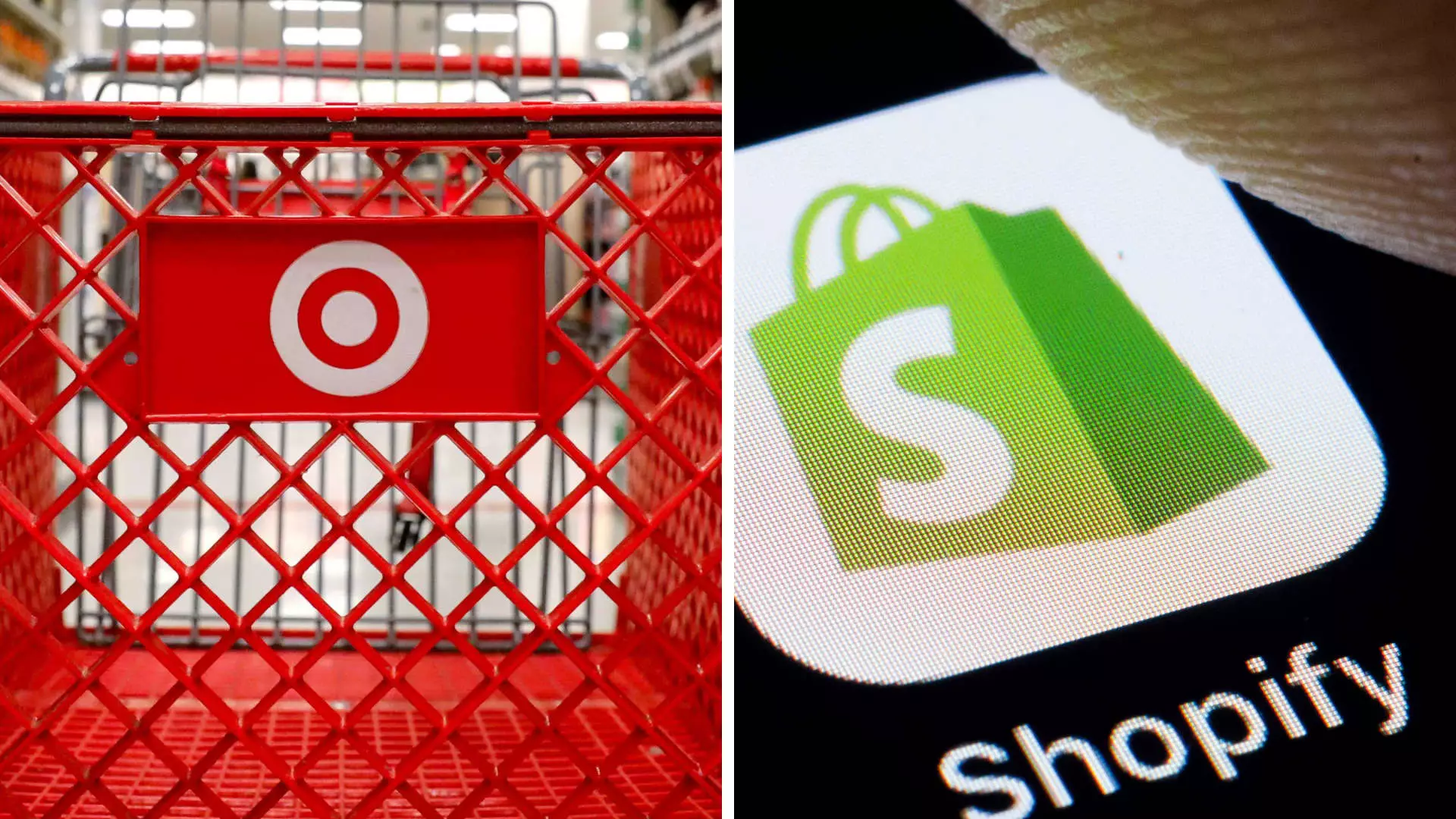Target’s recent decision to team up with Shopify is a strategic move aimed at enhancing its online marketplace with new and trendy brands. This partnership has the potential to revitalize Target’s digital sales and attract a wider range of customers. By tapping into Shopify’s network of smaller and up-and-coming brands, Target is looking to differentiate itself from competitors like Walmart and Amazon.
Benefits of the Partnership
One of the key advantages of this partnership is the access to Shopify’s diverse pool of brands, which can bring in a fresh assortment of products to Target’s online marketplace. This collaboration allows Target to quickly identify and introduce trending items to its customers, thereby enhancing the overall shopping experience. Furthermore, the ability to source popular products through Shopify can also lead to increased foot traffic in Target’s physical stores.
Target’s decision to join forces with Shopify comes at a critical time when the company is experiencing a decline in sales growth. Despite efforts to expand its e-commerce business, Target has struggled to keep up with competitors in the online retail space. The partnership with Shopify could be a game-changer for Target, providing a much-needed boost to its digital sales and overall revenue.
Target’s marketplace, known as Target Plus, offers a curated selection of products from various brands, including popular items like the UnBrush and premium products from Ray-Ban and Coach. Unlike other third-party marketplaces like Amazon and Walmart, Target Plus operates on an invitation-only basis, with more than 1,200 sellers currently onboard. The platform has seen significant growth over the past year, with a doubling in seller and product count.
Financial Implications
While the exact financial terms of the Target-Shopify deal have not been disclosed, the impact of this partnership on Target’s revenue is yet to be determined. Target’s revenue from its third-party marketplace is currently included under “other revenue” in its financial filings, which accounted for less than 2% of its total revenue in the most recent quarter. However, Target’s Chief Guest Experience Officer, Cara Sylvester, has described Target Plus as one of the fastest-growing parts of the company’s business.
As the retail landscape continues to evolve, partnerships between traditional brick-and-mortar stores like Target and e-commerce platforms like Shopify are becoming increasingly common. This trend opens up new opportunities for retailers to expand their online presence and reach a broader customer base. Moving forward, Target’s collaboration with Shopify could serve as a blueprint for other retailers looking to strengthen their digital capabilities and drive sales growth.
Target’s partnership with Shopify holds great promise for the company’s future success in the competitive retail market. By leveraging Shopify’s platform to onboard new brands and products, Target has the opportunity to drive higher profits and attract a wider range of customers. This strategic collaboration underscores Target’s commitment to enhancing its online marketplace and staying ahead of the curve in the ever-changing retail landscape.

